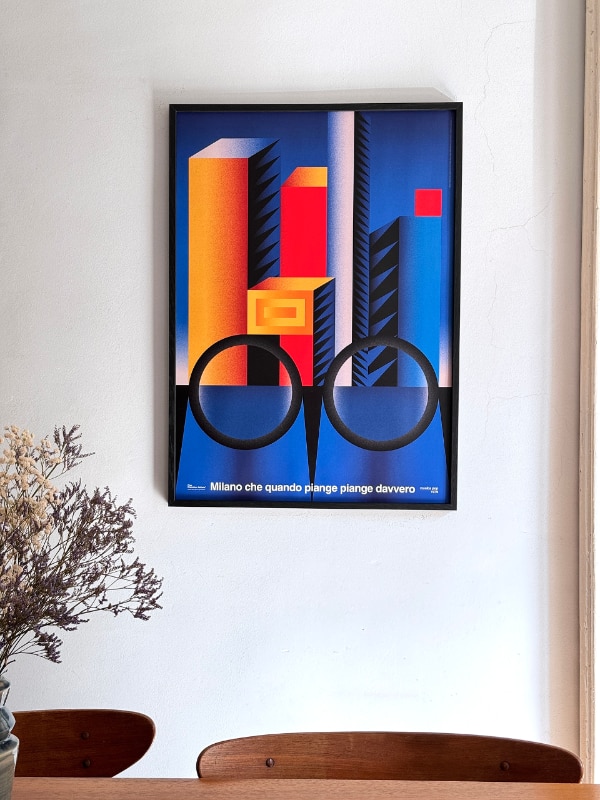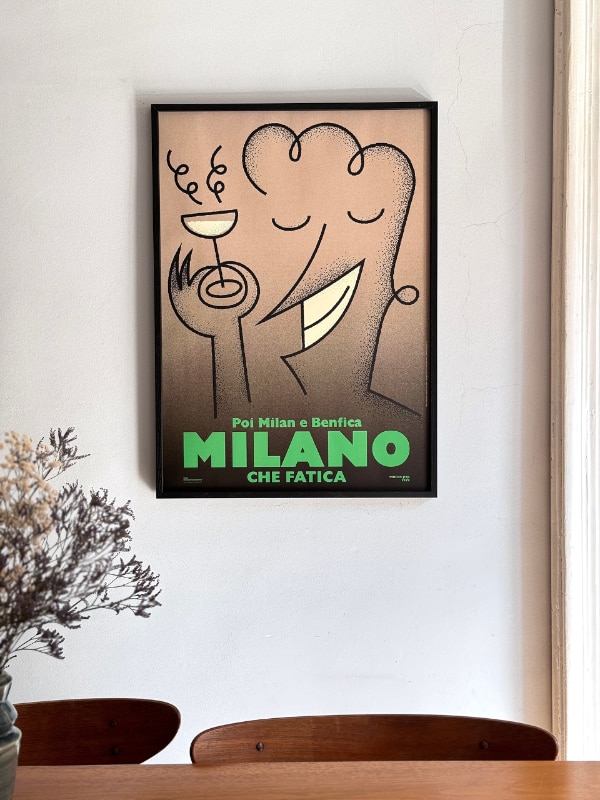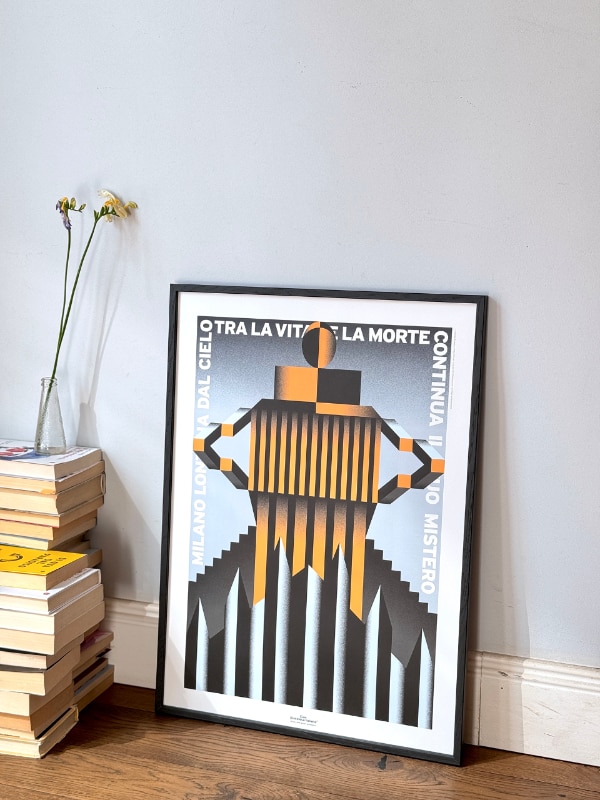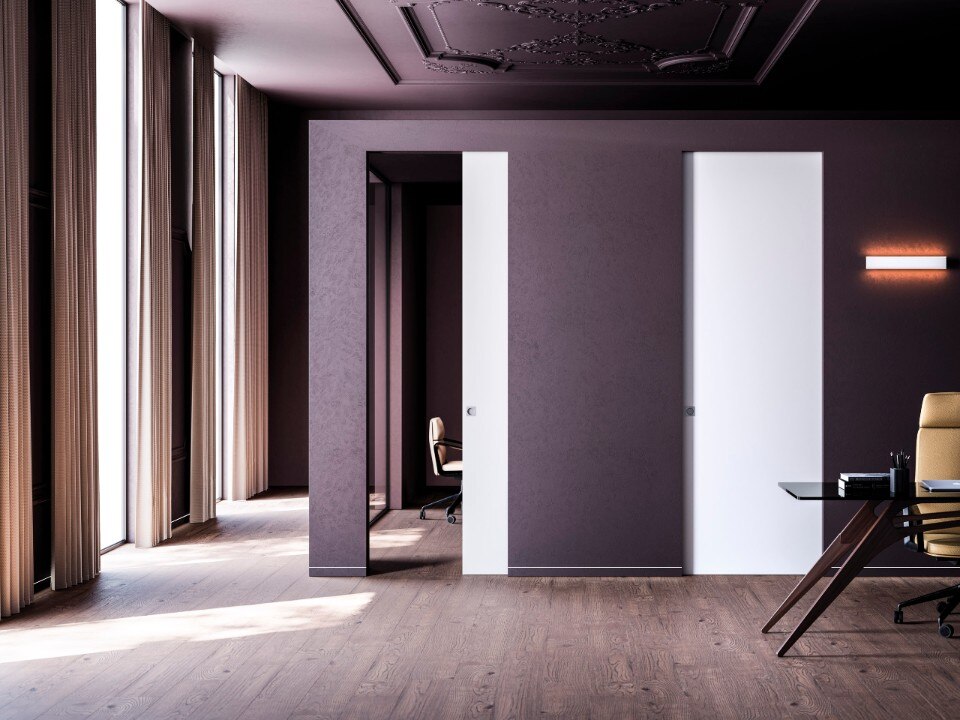Entitled Paesaggio Sonoro, the new series of posters by Turin-based collective Ciao. Discoteca Italiana aims to trace an unprecedented look at Italian cities through the words of the great authors and songwriters.
Since 2017, Ciao’s posters have drawn from the tradition of political propaganda of the First Republic, architecture and publishing that animated cultural activity in Italy during the years of the economic miracle. Born on the walls of Turin, the posters produced in limited editions and on fine paper, later found their way into living rooms becoming established as instant classics.

Since 2017, Ciao’s posters have drawn from the tradition of political propaganda of the First Republic, architecture and publishing that animated cultural activity in Italy during the years of the economic miracle. Born on the walls of Turin, the posters produced in limited editions and on fine paper, later found their way into living rooms becoming established as instant classics.
The new series, while maintaining a fil rouge with Ciao’s graphic and conceptual tradition, opens up to reflect on the psychogeographical scenarios traced by the Italian pop tradition, to recompose – city by city – a graphic soundscape of Italy in the form of posters.
Among the Italian singer-songwriters most fascinated by the narrative power of spaces and places is, without a doubt, Lucio Dalla (1943-2012). Not only viscerally attached to his hometown of Bologna, Dalla has always punctuated the narrative tension of his songs with geographical, landscape and urban details. From the reminiscences of Berlin, the “sad and very big city” mentioned in “Disperato Erotico Stomp” to the Emilian epic (at times lysergic in a Fellinesque key) of his early albums Terra di Gaibola and Automobili. Then there is Milan, a city alien to the singer-songwriter, narrated from the late 1970s in its overwhelming and contradictory sensations in two portraits in words and music with a cinematic feeling “Corso Buenos Aires” and “Milano.”

The latter is the protagonist of four posters. “The city for Dalla, at the dawn of the [1980s] rise that would lead it to become known as Milano da Bere, is at the same time as grey as its cement and fiercely vain, international and cosmopolitan but also ancient and predictable, Milan is fatigue and relief, Milan is always a maternal gesture that touches you but remains elusive,” explain Ciao. Discoteca Italiana.
The graphic apparatus also stands out as a celebration of the aesthetic identity of the city, its architecture (Torre Velasca, Duomo, Castello Sforzesco), its protagonists in design, art and architecture – from Balla to Mendini – its street and commercial signs.

The iconic M sign of the underground designed by Bob Noorda is thus transformed, with a Munari-like flick of the wrist, into the “gambe aperte”, the open legs of the fun-loving Milan observed by Dalla. Another poster, instead, references graphic designer Osvaldo Cavandoli's minimalist style to represent “the moaning Milanese dragging himself contemptuously from one aperitif to another.”
The Paesaggio Sonoro posters are now available on the website of Ciao. Discoteca Italiana.

Opening image: The posters of Ciao. Discoteca Italiana were first launched in 2017. From the streets of Turin, they soon rose to instant classics and cult items. Photo courtesy of Ciao. Discoteca Italiana.

Eclisse: when invisibility art shakes up interior design
A leader in manufacturing pocket door frame systems, Eclisse redefines the concept of living space. Through solutions like Syntesis Line, the company transforms doors into continuous design elements.


